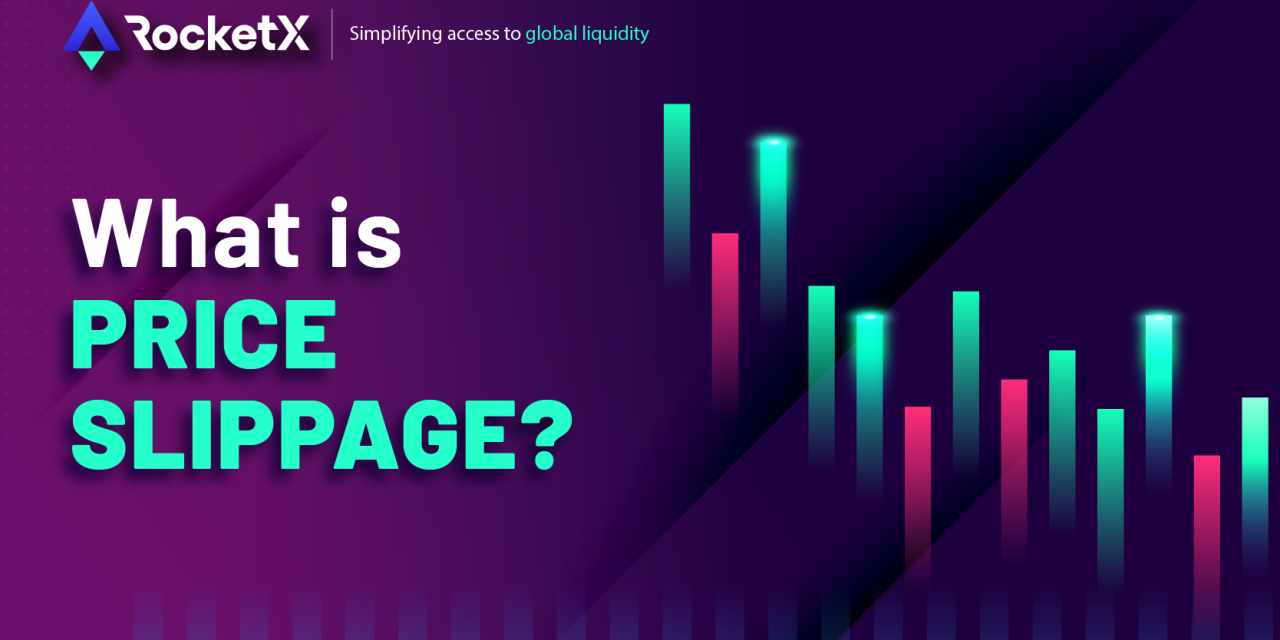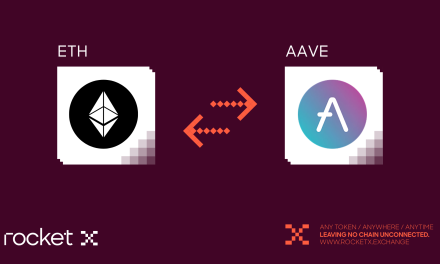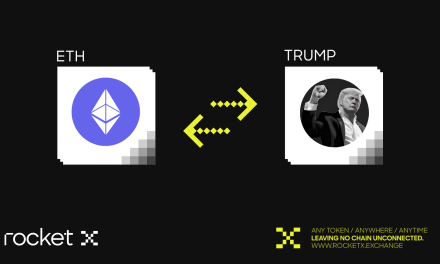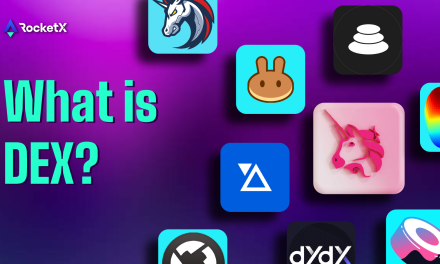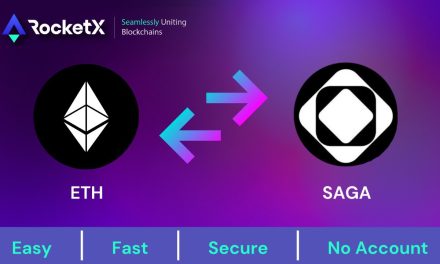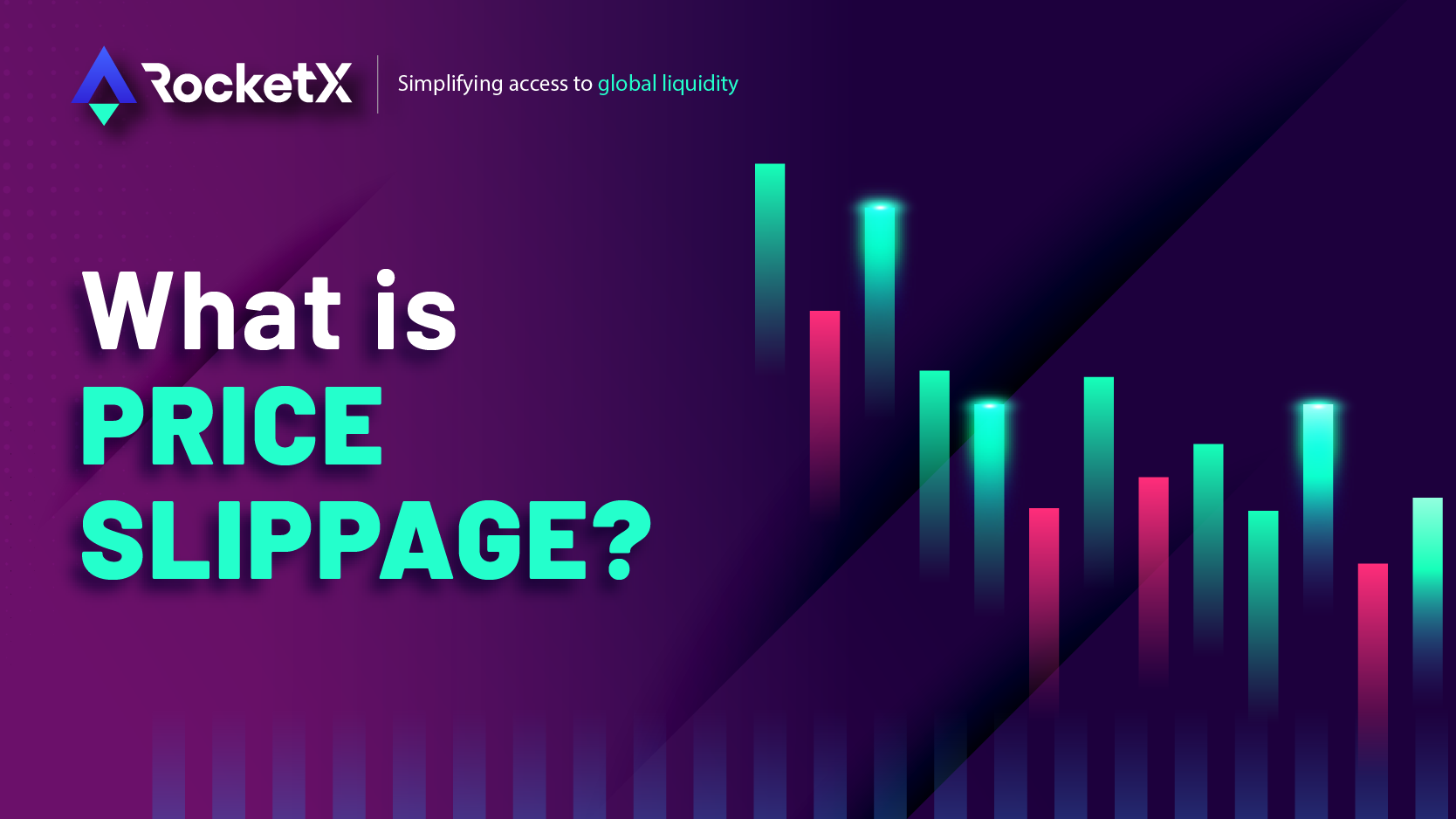
Key Takeaways:
- Price slippage is the difference between expected and executed trade prices.
- Price slippage and price impact are two distinct measures.
- Causes of price slippage include market volatility, order size, and liquidity.
- Positive slippage can result in profit; negative slippage in loss.
- To mitigate slippage, use slippage tolerance percentage
What is Price Slippage in Crypto?
It is the difference between the expected price of a trade at the moment of order entry (confirmation) and the actual price at which the trade is executed. It can have a positive or negative effect.
Price Slippage vs Price Impact
Is price slippage different from price impact?
Yes.
Price impact refers to the expected change in the price of an asset based on the quotes in the order book. It’s typically measured as the percentage change of your start position (the dollar value of your source tokens) relative to the expected outcome (the dollar value of your destination tokens). Large trades are more likely to have a significant price impact, as they require the market to absorb a large amount of buying or selling pressure.
Price slippage, on the other hand, refers to the difference between the price at which a trader intended to execute a trade and the price at which the trade was actually executed. It is typically caused by transactions and changes of quotes in the short period between the order entry (confirmation) and actual execution.
Causes of Price Slippage
- Market volatility: Rapid price movements and increased volatility can lead to price slippage, as the price at which a trade is executed may differ from the expected price.
- Order size: Large orders can also contribute to price slippage, as they may not be filled entirely at the desired price, leading to partial fills at different prices.
- Liquidity: Thinly traded markets or securities can experience price slippage, as there may not be enough buyers or sellers at a given price, resulting in a wider bid-ask spread and potential price slippage.
- High-frequency trading: The use of algorithms and high-frequency trading strategies can lead to price slippage, as trades may be executed at lightning speeds and the market may move before a trade can be fully executed.
- News events: Major news events, such as earnings releases or economic data releases, can lead to increased volatility and potential price slippage, as market participants scramble to adjust their positions.
- Front running: Front-running is a critical problem in the crypto market. By intercepting large transactions and manipulating the order in which they’re mined on the blockchain, third-party attackers can profit from price fluctuations. Smart contract networks like Ethereum are especially vulnerable to this issue, as arbitrage bots can scan the blockchain for trades that affect the price of an asset and get in before the transaction occurs, causing price slippage. This can negatively impact the market and undermine the integrity of the exchange.
How to Measure Price Slippage
Here’s an example:
Let’s say you place a market order to buy 1 ETH when the market price was $1300 per token. However, due to market volatility, ETH’s price increases to $1400 before your order is executed. As a result, your order is executed at the higher price of $1400 per ETH instead of your expected price of $1300.
To measure the price slippage, you can subtract the executed price of $1400 from your expected market price of $1300 to get a price slippage of $100. This means that your trade experienced negative price slippage of $100.
Types of Price Slippages
There are 2 types of slippages:
1. Positive Slippage
It occurs when a trade is executed at a better price than expected, resulting in a profit for the trader. This can occur in thinly traded securities or during periods of high volatility, when prices may move rapidly and in the trader’s favor.
2. Negative Slippage
It occurs when a trade is executed at a worse price than expected, resulting in a loss for the trader. This can occur when trading large orders or during periods of high volatility, when prices may move rapidly and against the trader’s position.
How to Avoid Excessive Slippage on the Rocketx Platform?
-> For DEX transactions, setting slippage tolerance percentage: Inside the settings, RocketX Users can set a maximum slippage percentage and determine the “Minimum Received” amount the user will get. For example, if the slippage tolerance percentage is set at 3%, the user will always get at least 97% of the expected quote amount
Often it’s better to set a relatively low slippage tolerance percentage and try if the order will be executed. If the order fails, it will cost some gas fee, but you can always increase this percentage and try again.
Conclusion
Price slippage is caused by market volatility, order size, liquidity, high-frequency trading, frontrunning, and news events. It can have a significant impact on trading outcomes, and it is important for traders to be aware of the potential for price slippage when making trading decisions. By understanding the causes and impacts, traders can take steps to mitigate its effects and improve their overall trading performance.
Stay up-to-date with our latest insights by visiting our blog or following us on Twitter and Telegram. Don’t miss out on a wealth of information and interesting articles!

